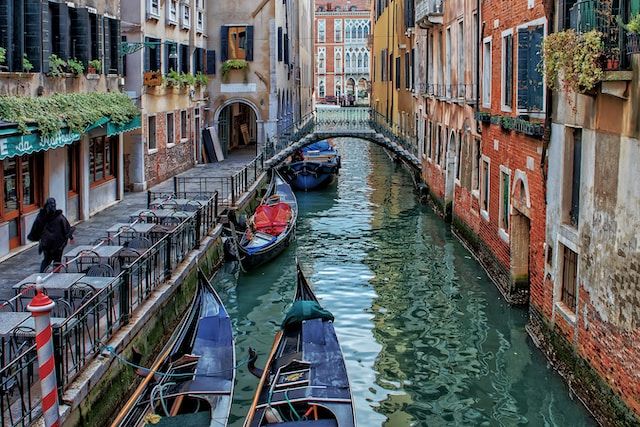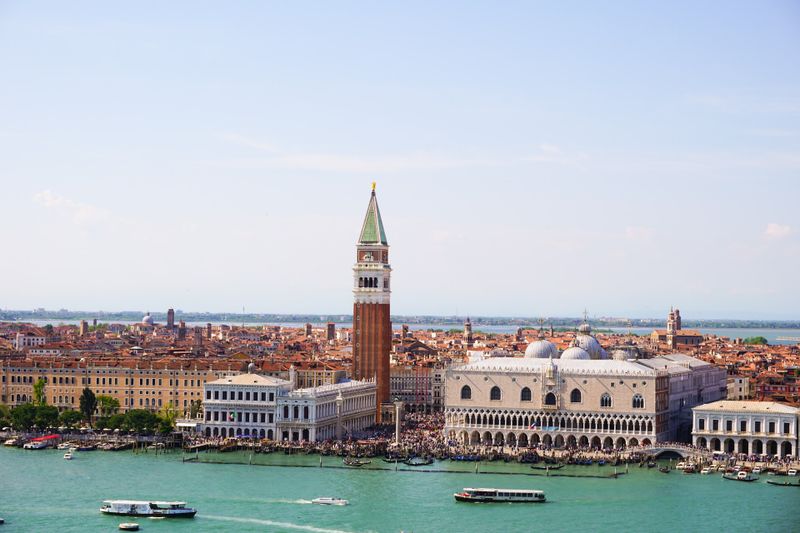Venice faces another episode of high water, with an expected peak of 105 centimeters around 11:20 am.
In response, the Mose defense system has been activated only at the entrance to the lagoon at Lido, while barriers remain down at Malamocco and Chioggia, as the event is not considered exceptional.
High water in Venice: the situation in recent days

This partial activation has offered only limited protection in Venice, where the current water level stands at 92 centimeters, measured by the tide gauge at Punta della Salute.
In the open sea, on the other hand, the water level has already exceeded 110 centimeters, reaching a maximum of 117 centimeters outside the southern Lido seawall, which is particularly affected by undertow in the presence of sirocco winds.
However, due to the partial activation of the Mose, Venice is unable to completely prevent the lagoon from rising, resulting in flooding in some areas of the historic center, such as San Marco, with water levels rising by about ten centimeters.
The consequences of high water in Venice
The consequences of high water in Venice go far beyond the temporary flooding of streets and squares. These increasingly frequent events highlight the challenges facing the lagoon city in terms of sustainability and climate change.
High water is a problem that affects not only residents, but also the tourism industry, which plays a vital role in the local economy.
Venice's image as a world-class tourist destination can be damaged by the effects of high water, which can make access to major attractions difficult and negatively affect the visitor experience.
Long-term solutions to deal with high water in Venice must go beyond activating the Mose. Adaptation and mitigation measures to protect the city from the effects of climate change are essential.
This includes raising the city's ground level, restoring hydraulic structures and promoting sustainable technologies.
In addition, greater public awareness and participation is needed to address the issue of high water. Collaboration between the Italian government, local authorities, and the community is essential to develop and implement effective strategies.
Conclusion
Venice, with its unique history and beauty, deserves to be preserved for future generations. Managing high water is a crucial challenge that requires ongoing efforts and a holistic approach to ensure that Venice can thrive despite threatening waters.

